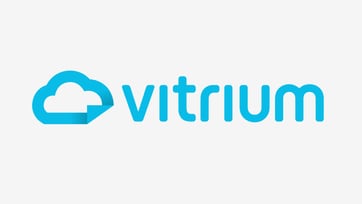Organizations looking to ensure top-notch document protection might consider the advantages of portable document format (PDF) files. While some businesses focus primarily on saving documents in Micros
DRM: The Good The Bad and The Ugly

I read the article posted on April 20th, 2009 – “Who benefits from DRM?”
While I agree with the article in principle, I’m not convinced that DRM is all “bad.” I do, however, believe the underlying philosophy behind DRM and how DRM solutions are sold is seriously flawed.
The Facts:
- Publishers and distributors of electronic content have the right to protect their IP and their profits.
- Readers of electronic content have the right to own what they purchase and enjoy a hassle-free experience.
The Problem:
- The “all-or-nothing” approach to DRM.
- The lack of thought leadership in this space.
- The dishonesty and lack of disclosure.
The Solution:
- Seek less intrusive alternatives. If you distribute electronic content, it doesn’t have to be all-or-nothing i.e. hardcore DRM versus no DRM at all. You don’t need to tie yourself down to certain file format or even a certain rendering device. There are other solutions that provide a happy medium such as Vitrium’s protectedpdf (selfish plug – sorry).
- Be a leader. If you are a DRM solution provider you need to:
-
Clearly identify the benefits of your solution and be completely honest with your clients about the associated risks:
- Can the security solution be circumvented?
-
- What can the reader expect when they receive protected files?
- What happens to the protected files if the protection service is discontinued? I wonder if Fiction Wise knew what would happen before they pulled the plug on their DRM solution or if they set the proper expectations with their clients.
-
- Recommend alternatives. Distributing electronic content offers obvious benefits to both the reader and the publisher so there are areas were some sacrifice can be made and even expected.
For instance, by distributing content electronically the publisher and reader benefit from faster delivery and reduced fees. As a publisher, if you plan to use a DRM solution, why not enforce a shelf-life on protected files? Who said an e-Book or a Newsletter should live for ever?
From a reader’s perspective, maybe they are ok paying a little less for an electronic copy because of a truncated shelf-life, 2-3 years for example. Heck, the publisher might even allow them to print a copy for reference before the document expires.
This approach allows the publisher to maintain their margins, they don’t have to have a life-long subscription to a DRM service, and the readers are fully aware that the document will expire. This may not work in every situation, but neither does DRM (smile).Be prepared to say no. If the client and reader requirements are not a match, do not force them to buy your solution.
I know there is a little Sales 101 mixed into my suggestions, but sometimes we lose sight of the basics.
Anyways, great article. I hope you can appreciate a difference of opinion even if I have a vested interest in DRM succeeding.
One more selfish plug…you can see our solution in action at www.protectedpdf.com.



